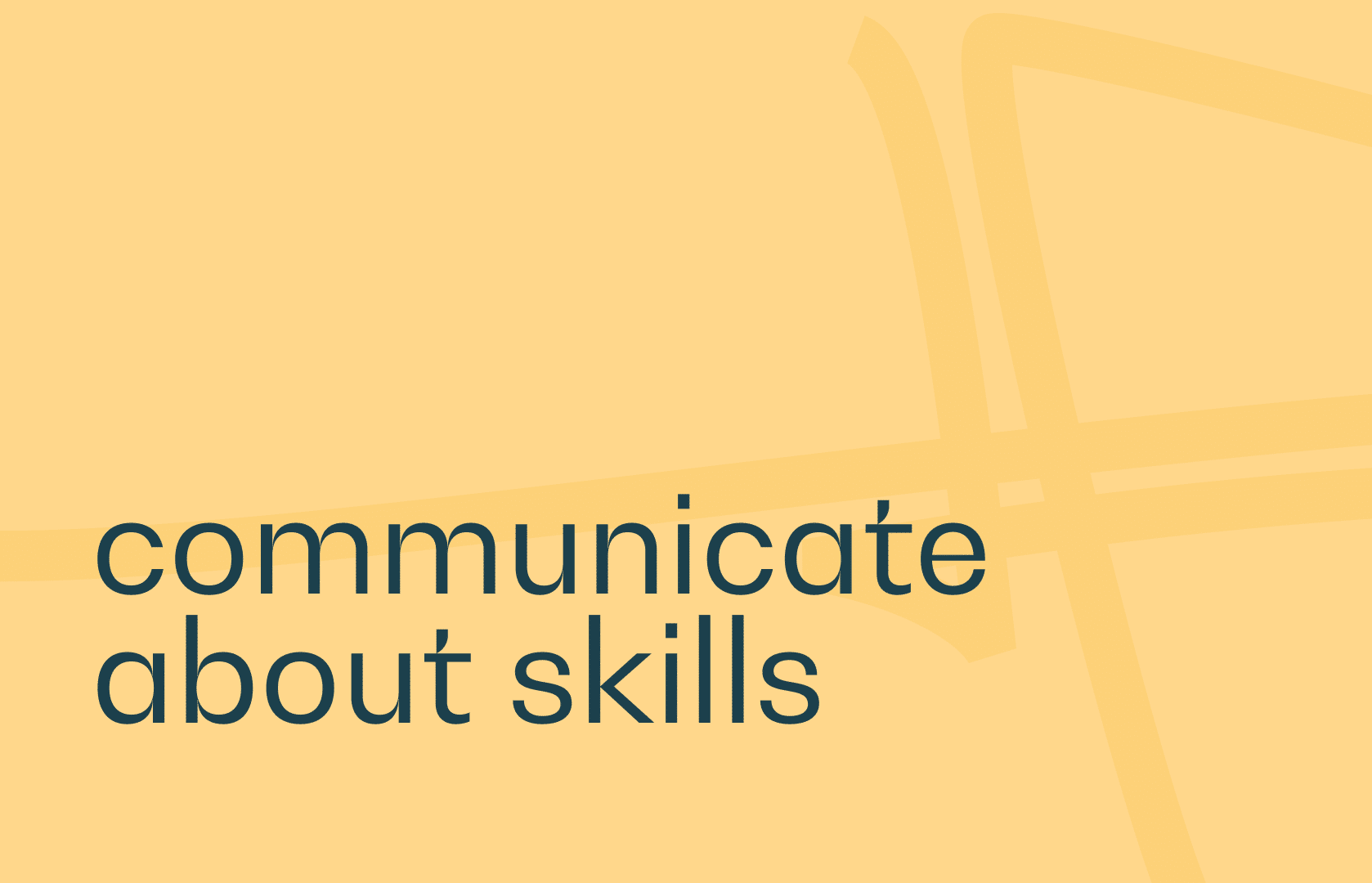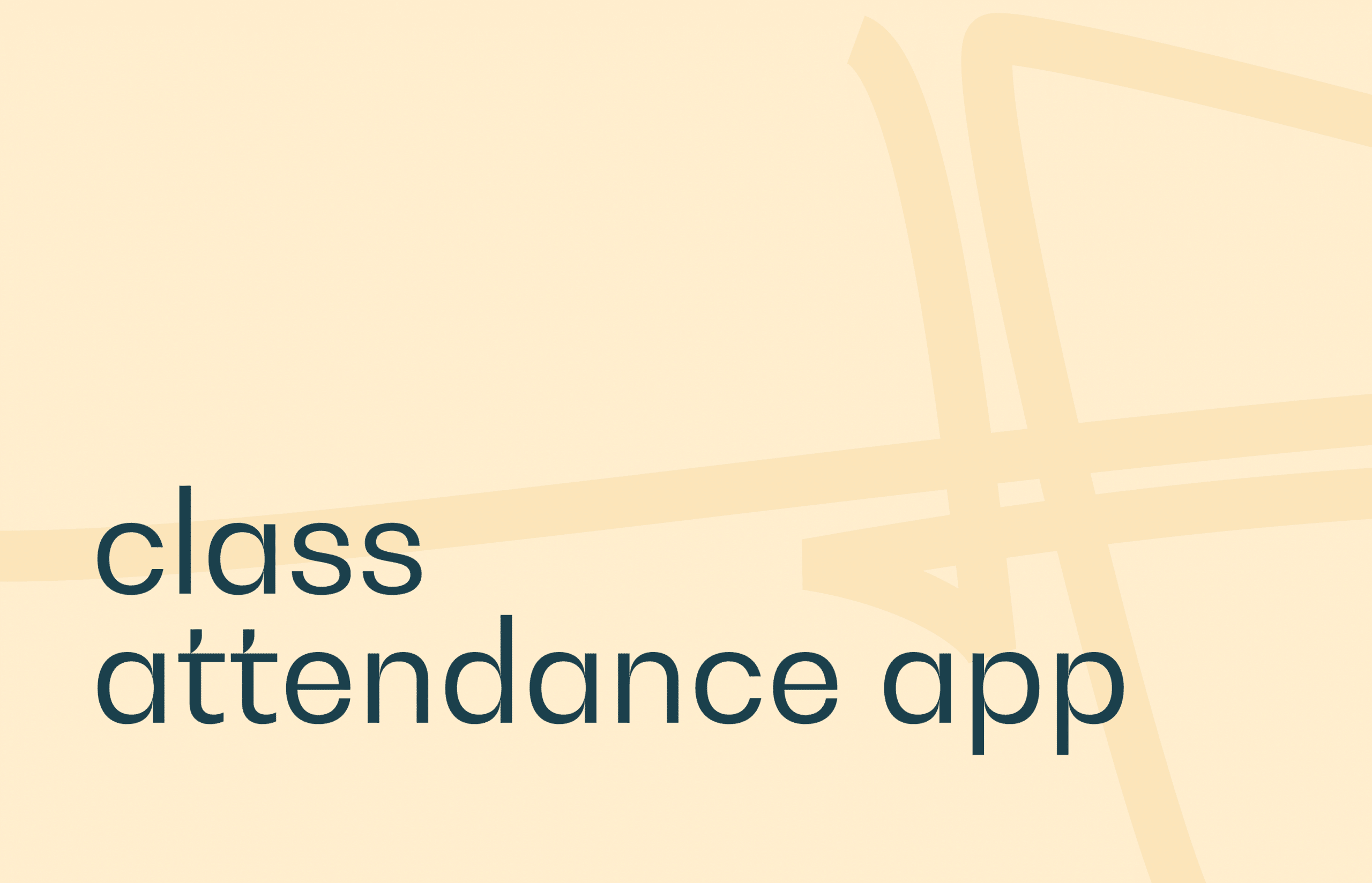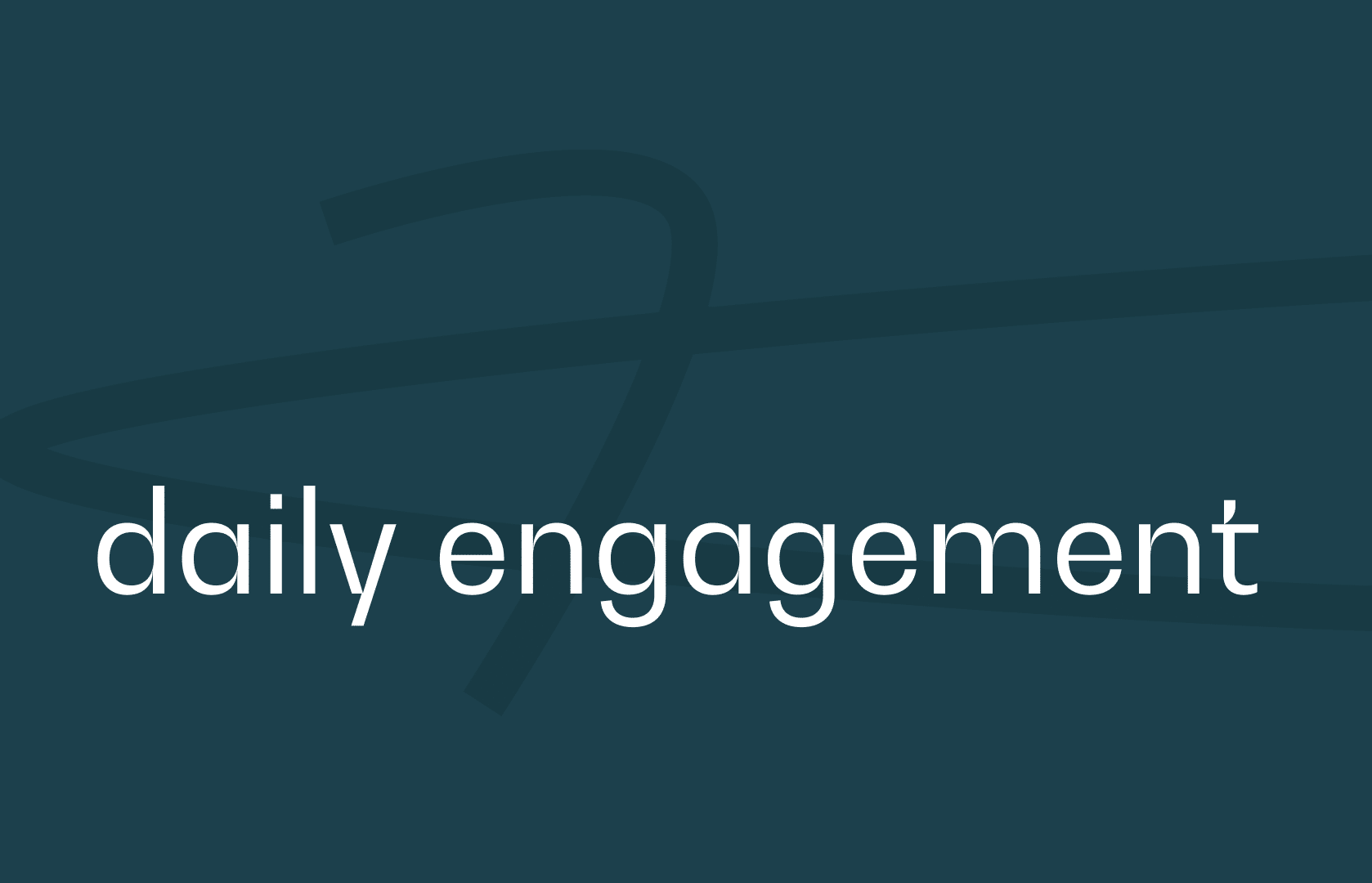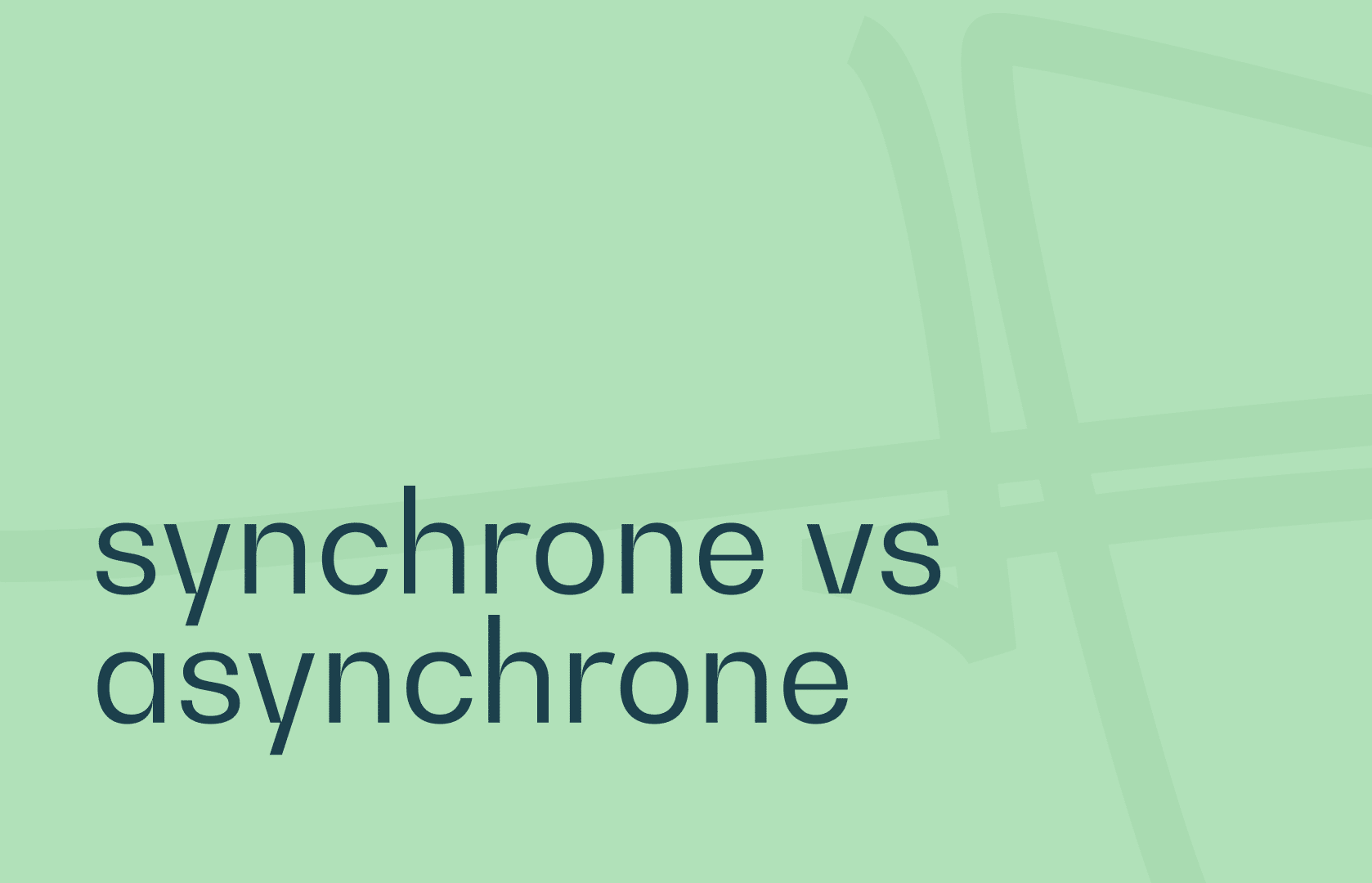Obtaining a certification or validating a set of skills is a key milestone in any educational journey. However, turning those achievements into real-world opportunities by communicating validated skills clearly and effectively is a completely different challenge. For many learners/students, translating their success into compelling arguments is a real hurdle. Training organizations and higher education institutions have a critical role to play in equipping them to meet this demand from the professional world. This article explores the most effective methods and tools to support students in this essential process of showcasing their skills.

Why knowing how to communicate your skills is a must-have asset today
In today’s job market—marked by intense competition and rapidly evolving professions—holding a diploma is not always enough. The ability to communicate one’s skills clearly and persuasively has become a key strength. It is a crucial factor for employability, helping candidates attract recruiters’ attention and demonstrate fit for a role.
Beyond the initial job search, this ability is also a lever for career mobility and advancement. Knowing how to showcase your skills also boosts self-confidence and personal validation—key components for approaching the future with confidence.
Beyond the diploma: helping identify and name all acquired skills
The first step in effective communication is self-awareness. It is therefore essential to help learners identify all the skills they’ve acquired during their training journey.
This of course includes technical skills (or “hard skills”) specific to their field of study, often validated through concrete assessments. But it is just as important to highlight transversal skills (soft skills) such as communication, problem-solving, critical thinking, adaptability, and teamwork—skills increasingly valued by employers.
Let’s not overlook behavioral or personal traits, sometimes called “mad skills,” which reflect one’s personality and interpersonal strengths.

Essential tools and supports to showcase validated skills
Several tools and formats can help learners/students articulate and highlight their skills. Diplomas and training certificates remain important formal evidence, with secure digital versions further strengthening their credibility.
Open Badges (digital badges) offer a modern, granular method of recognizing specific skills, know-how, or commitments, with the advantage of being easy to share online.
A digital portfolio (e-portfolio) is an excellent way to demonstrate skills through evidence, by gathering concrete projects, achievements, and testimonials.
A formal skills assessment can also help structure this reflection.
Using clear descriptions, aligned for example with professional standards such as those in the RNCP, and exploring micro-certifications for highly targeted competencies, rounds out this toolkit.
Support strategies: the active role of training organizations and institutions
Training providers must go beyond simply validating skills—they must actively guide learners in how to communicate them.
This can include integrating dedicated modules on skill communication directly into training programs.
Practical workshops are also highly effective: helping write impactful CVs and cover letters, creating and optimizing LinkedIn profiles, and running mock interviews to practice pitching one’s strengths.
Providing templates, guides, and methodological tools—like the STAR method for illustrating experiences—is another valuable asset.
One-on-one support, such as career coaching or mentoring, can offer personalized guidance.
Lastly, encouraging the creation of digital portfolios and the adoption of Open Badges equips students with practical tools for their professional future.
Putting it into practice: where and how to communicate your skills effectively
Once the skills are identified and the materials are ready, it’s important to know where and how to showcase them.
The CV remains a central document: the skills section should be clear, well-organized, and ideally illustrated with measurable achievements or standout projects.
The cover letter allows for tailoring the presentation to the specific role.
Professional social networks—especially LinkedIn—are a must: a well-completed profile highlighting key skills, recommendations, Open Badges, and links to a digital portfolio can be a powerful asset.
Finally, in job interviews, it’s crucial to know how to verbalize your skills, illustrate them with concrete examples, and show their relevance to the role.
Training providers therefore have every reason to develop and strengthen their support systems to better equip students in showcasing their skills—a true passport to employability.
🎓 Need a practical framework to implement digital recognition systems in your institution?
📲 Request a personalized demo or contact our team to learn how to centralize the recognition and promotion of skills in your training journey.
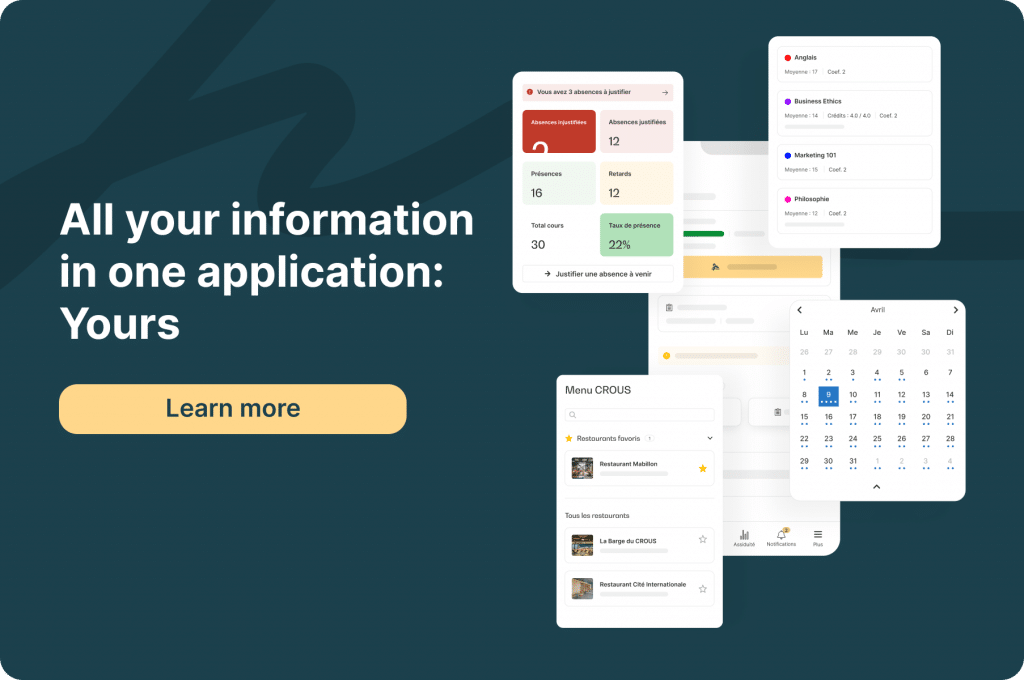
Conclusion: equipping learners to build their professional future
In short, helping learners and students effectively communicate their validated skills is a vital investment in their professional future—and by extension, in the reputation and attractiveness of the training institution.
This mission requires a holistic approach, combining tools with high-quality educational and human support.
The ultimate goal is to ensure that acquired skills are not just lines on a diploma but become visible, understandable, and credible arguments.
Training organizations have every incentive to develop and strengthen their systems to better equip learners in promoting their skills—a true passport to employability.


